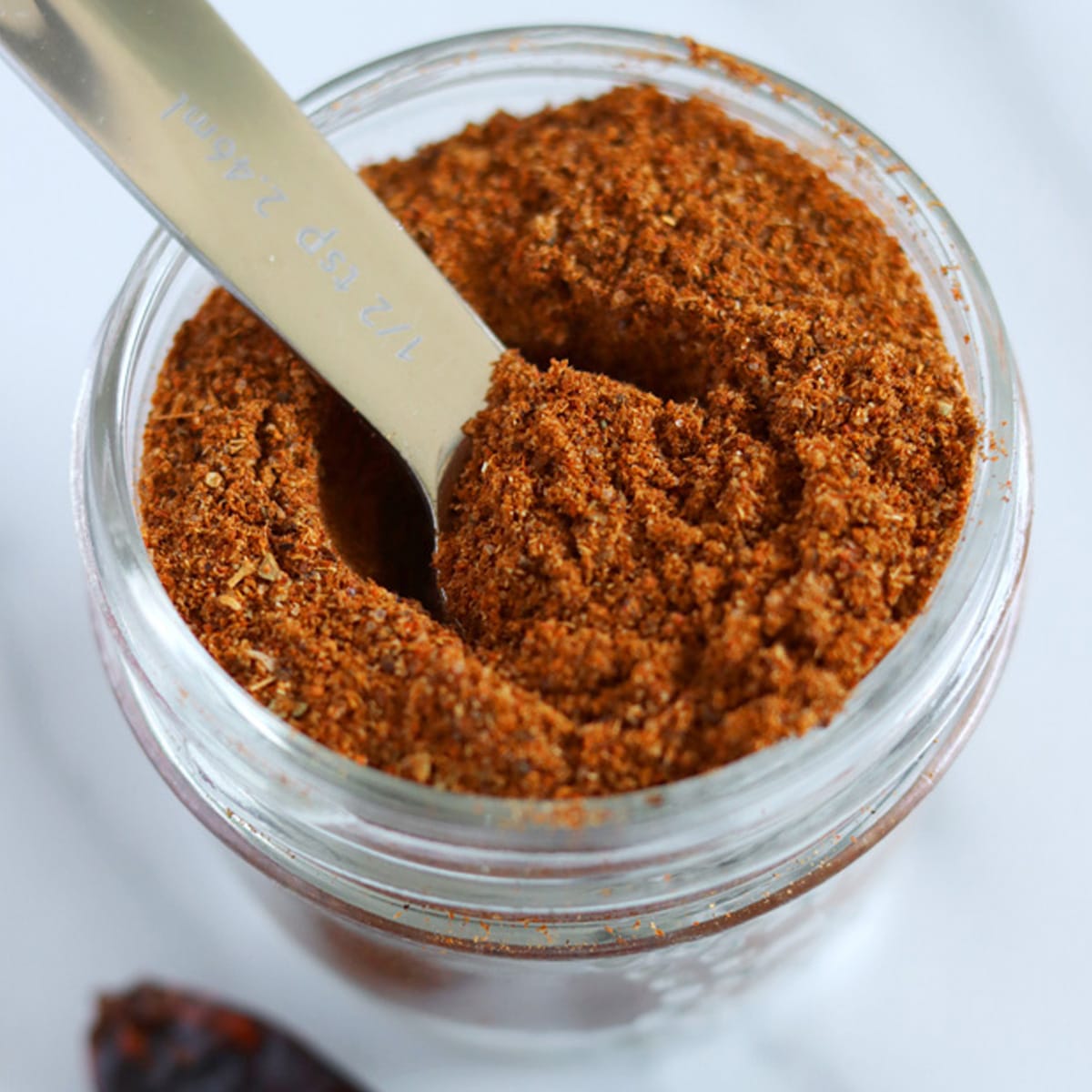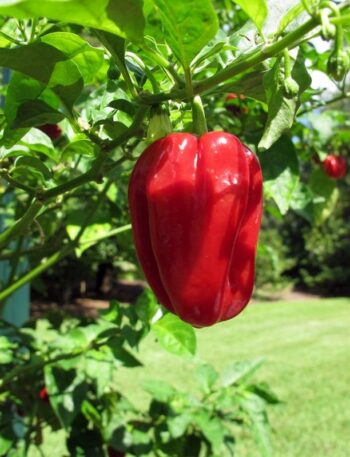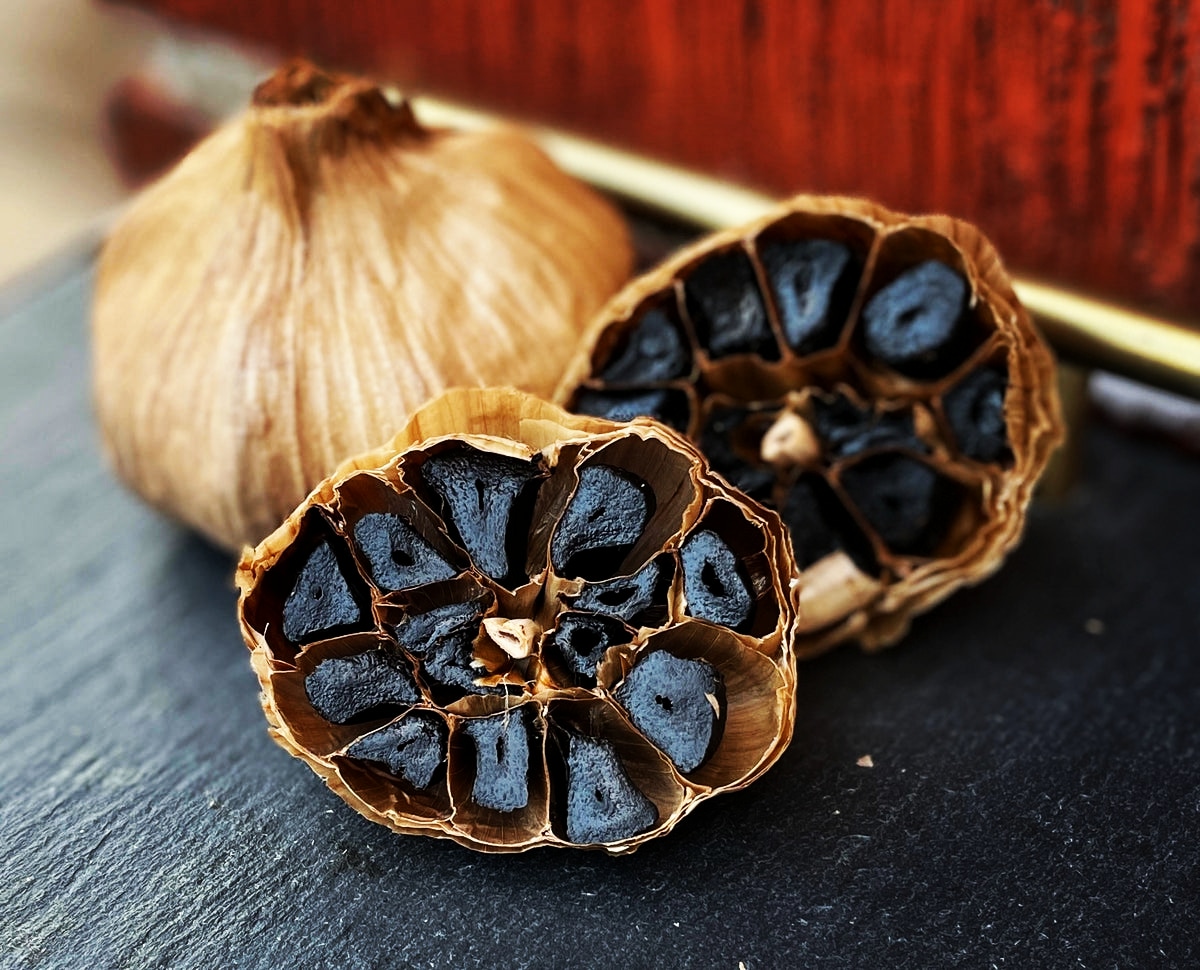Spices have long been an integral part of human culinary history, adding depth, flavor, and character to dishes from around the world. Among the vast array of spices, hot pepper seasoning stands out as a potent and electrifying choice that can turn a bland dish into a culinary masterpiece. From the smoky depth of chipotle to the searing intensity of habanero, hot pepper seasoning offers a journey of flavors and sensations that awaken the palate like no other.
The Diversity of Hot Peppers
Hot peppers, also known as chili peppers, belong to the genus Capsicum and come in a staggering array of shapes, sizes, colors, and heat levels. The Scoville Scale, developed in 1912 by Wilbur Scoville, measures the heat of peppers in Scoville Heat Units (SHU). From mild bell peppers with a score of 0 SHU to the world-record-holding Carolina Reaper with over 2 million SHU, the diversity within the hot pepper family is nothing short of astounding.
Popular Hot Pepper Varieties and Their Uses
- Jalapeño: A staple in many cuisines, jalapeños offer a moderate level of heat that’s accessible to most palates. They can be used fresh, pickled, or dried, and are often found in salsas, guacamole, and as toppings for nachos.
- Habanero: With a fiery kick that can range from intense to ferocious, habaneros are not for the faint of heart. These peppers add a tropical fruitiness along with their heat, making them ideal for spicy sauces and marinades.
- Serrano: Falling between jalapeños and habaneros on the Scoville Scale, serrano peppers bring a vibrant, crisp heat to dishes. They are great for infusing heat into hot sauces and relishes.
- Cayenne: Often encountered in powdered form, cayenne peppers are used to add heat to a wide range of dishes, from curries to sauces. They provide a consistent level of moderate heat.
- Thai Bird’s Eye: A key ingredient in many Thai dishes, these tiny peppers pack a potent punch. They’re often used to bring intense heat to stir-fries and soups.
- Ancho: Dried poblano peppers, known as anchos, offer a deep, smoky flavor with a mild to moderate heat level. They’re commonly used in Mexican mole sauces.
- Chipotle: Smoke-dried jalapeños, chipotles bring a rich, smoky flavor to dishes along with moderate heat. They’re often used in BBQ rubs, sauces, and stews.
The Science of Heat
The heat in hot peppers comes from a compound called capsaicin, which stimulates the sensory receptors in your mouth, creating the sensation of spiciness. Interestingly, capsaicin triggers the release of endorphins, the body’s natural painkillers, which is why some people find pleasure in the burn.
Balancing Flavor and Fire
When using hot pepper seasoning, achieving the right balance between flavor and heat is crucial. While the Scoville Scale gives you an idea of a pepper’s heat, it’s important to consider how the pepper’s flavor will contribute to the overall dish. Some peppers, like the smoky chipotle, add more than just heat – they bring a complex layer of taste that enhances the culinary experience.
Cooking with Hot Pepper Seasoning
Hot pepper seasoning can be added at various stages of cooking to achieve different effects. When added early, during sautéing or frying, the heat is often mellowed, allowing the pepper’s flavor to infuse the dish. Adding it towards the end of cooking retains more of the pepper’s heat.
Conclusion
Hot pepper seasoning is more than just a way to make your food spicy; it’s a journey through diverse flavors, cultures, and culinary experiences. From the mild, fruity notes of a poblano to the intense burn of a Carolina Reaper, each pepper brings its own unique character to the table. So, whether you’re a heat-seeking thrill-seeker or someone who prefers a milder touch, exploring the world of hot pepper seasoning is sure to add an exciting dimension to your culinary adventures.



